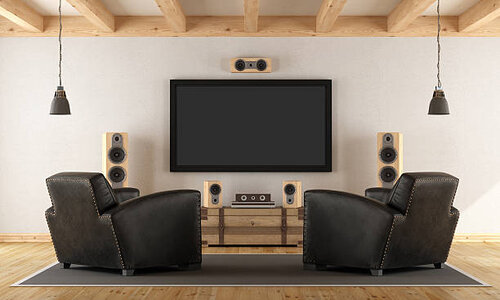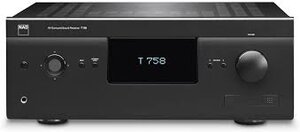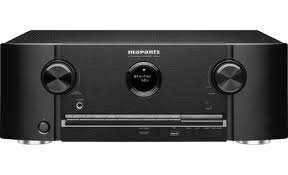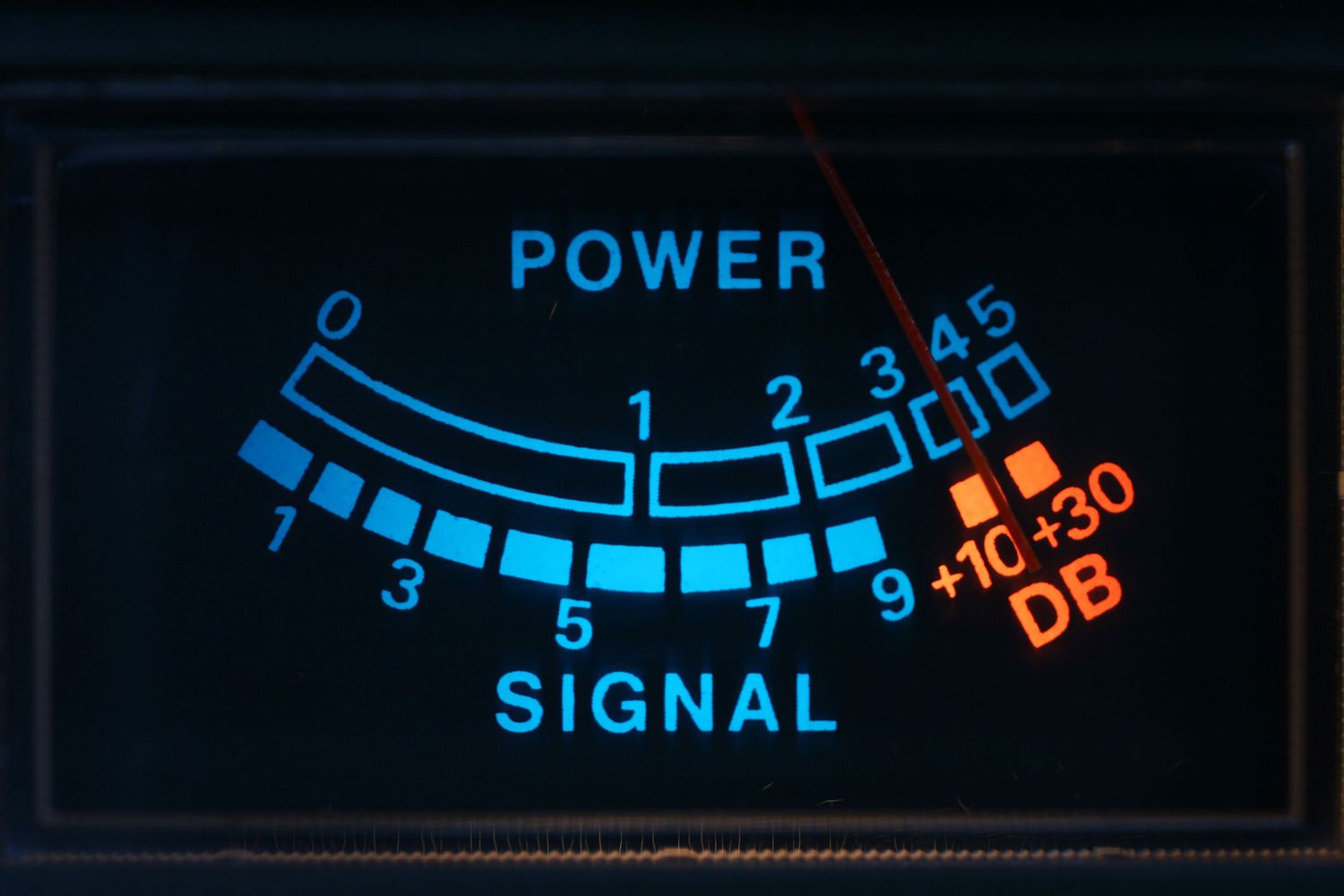Imagine you’re driving down the highway at 110 km/h, when you suddenly find yourself at the wrong end of a radar gun and soon being pursued by a police car signaling you to pull over.

The chesty policeman standing by your rolled-down window offers you the typical icebreaker in this sort of situation: “Do you know why I stopped you?”
You don’t want to push the officer’s buttons, so you try to play it smart. You give him an abashed shrug that’s almost cute and confess that you were driving 110 km/h in a 100 km/h zone.
“Wrong!” the officer says, leaning in. “Each of your wheels was turning at 110km/h, which means you were driving at a total speed of 440km/h.”
“Watts that?” you ask, suddenly wondering if you can lose him in a high speed car chase.
Sounds too crazy to be true, right? Yet, that’s exactly the sort of fuzzy logic that was often used to sell all-in-one home theater systems when it seemed every household was lining up to buy one. Watts-per-channel became the selling point — most consumers, equating power with quality, were drawn to systems with higher power ratings.

This created a fiercely competitive market. One result is that watts-per-channel numbers for a given system were inflated. One of the worst examples of this practice consisted of adding up the power rating of each speaker, which is the amount of continuous power a speaker can handle, with that of each of the receiver’s channels.
That meant that a system with a 5 x 100Wpc receiver and five speakers rated at 200W each was advertised as producing a whopping 1500W! That’s quite the stretch, considering the system can never be more than 100Wpc, regardless of its total number of channels or components.
So beware: It makes no more sense to calculate a car’s speed by adding up how fast each tire was going than it does to calculate how many watts a system can deliver by adding up the power rating of each of its parts. A 2-channel (right/left) 100Wpc amplifier is no more a 200W amp than a 5-channel 100Wpc home theater receiver delivers 500W. In both cases, the system is 100Wpc.
Watts-per-channel is just one gauge of how loud a system will play; without taking into consideration a speaker’s efficiency, the number of watts a system can produce is only part of the story.
In a future column I’ll discuss “decibels vs. power” and how to properly measure an amplifier’s power output. Thanks for tuning in.












Leave a Reply